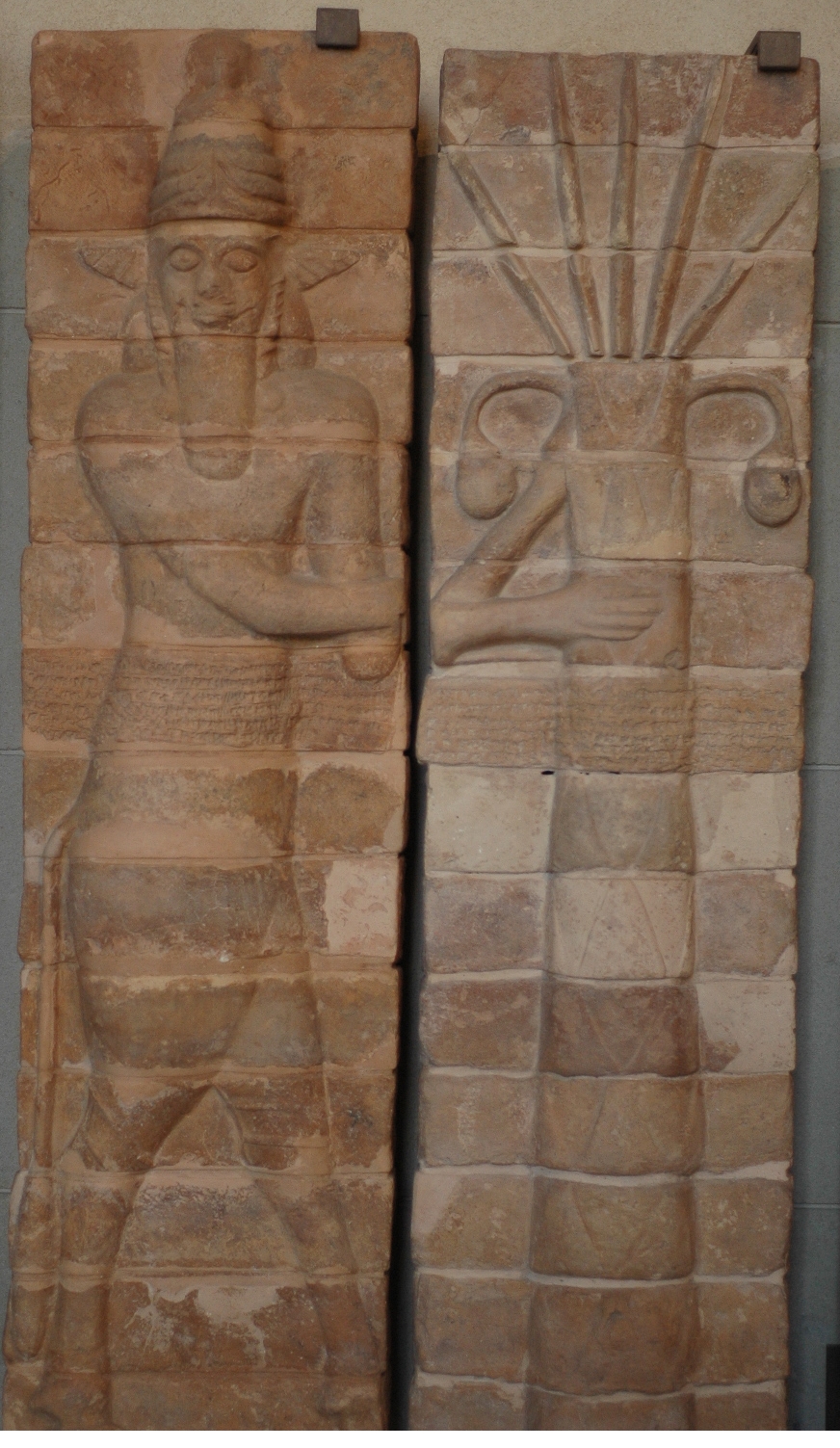|
Nahhunte-utu
Nahhunte-utu was an Elamite queen and the wife of two of the greatest kings of Elam from Shutrukid dynasty. She had a son named Hutelutush-inshushinak with Kutir-Nahhunte and eight children with her second husband, Shilhak-Inshushinak Shilhak-inshushinak (Šilḫak-Inšušinak I) (means powered by inshushinak) was king of Elam from about 1150 to 1120 BC and a king of the Shutrukid Dynasty. When he replaced his older brother, Kutir-nahhunte he became the last great king of .... Sources Elamite kings {{Asia-royal-stub ... [...More Info...] [...Related Items...] OR: [Wikipedia] [Google] [Baidu] |
Shilhak-Inshushinak
Shilhak-inshushinak (Šilḫak-Inšušinak I) (means powered by inshushinak) was king of Elam from about 1150 to 1120 BC and a king of the Shutrukid Dynasty. When he replaced his older brother, Kutir-nahhunte he became the last great king of Elam. He married the widow of his brother Queen Nahhunte-utu and had 8 children. He waged wars with Babylonia Babylonia (; Akkadian: , ''māt Akkadī'') was an ancient Akkadian-speaking state and cultural area based in the city of Babylon in central-southern Mesopotamia (present-day Iraq and parts of Syria). It emerged as an Amorite-ruled state c. ..., much like his immediate predecessors. He ruled for thirty years and many inscriptions have remained of him. Sources ''Hinz, W. (1964). Das Reich Elam'', Kohl-hammer, Stuttgart. Elamite kings Shuturukid dynasty {{Persia-stub ... [...More Info...] [...Related Items...] OR: [Wikipedia] [Google] [Baidu] |
Elam
Elam (; Linear Elamite: ''hatamti''; Cuneiform Elamite: ; Sumerian: ; Akkadian: ; he, עֵילָם ''ʿēlām''; peo, 𐎢𐎺𐎩 ''hūja'') was an ancient civilization centered in the far west and southwest of modern-day Iran, stretching from the lowlands of what is now Khuzestan and Ilam Province as well as a small part of southern Iraq. The modern name ''Elam'' stems from the Sumerian transliteration ''elam(a)'', along with the later Akkadian ''elamtu'', and the Elamite ''haltamti.'' Elamite states were among the leading political forces of the Ancient Near East. In classical literature, Elam was also known as Susiana ( ; grc, Σουσιανή ''Sousiānḗ''), a name derived from its capital Susa. Elam was part of the early urbanization of the Near East during the Chalcolithic period (Copper Age). The emergence of written records from around 3000 BC also parallels Sumerian history, where slightly earlier records have been found. In the Old Elamite period ( ... [...More Info...] [...Related Items...] OR: [Wikipedia] [Google] [Baidu] |
List Of Rulers Of Elam
The kings of Elam were the rulers of Elam, an ancient civilization in modern-day south-western Iran. The earliest known Elamite dynasty was the Awan dynasty, which came to power in the Early Dynastic period. Elam was conquered by the Akkadian Empire in the 24th century BC and was then ruled by a sequence of Akkadian-appointed governors before independence was restored a little over a century later. After the reign of the powerful Elamite king Puzur-Inshushinak, Elam was conquered again around 2100 BC by the Sumerian Third Dynasty of Ur. Native Elamite rule was after a few decades restored under the Shimashki dynasty during the reign of Ur III king Ibbi-Sin. In 2004 BC the Shimashki king Kindattu sacked Ur, whereafter Elam became fully independent. The Sukkulmah dynasty, perhaps a related lineage, was established in another part of Elam shortly thereafter, and after a period of overlap gradually overtook the Shimashki dynasty. The Sukkalmah dynasty was followed by the Kidinuid ... [...More Info...] [...Related Items...] OR: [Wikipedia] [Google] [Baidu] |


